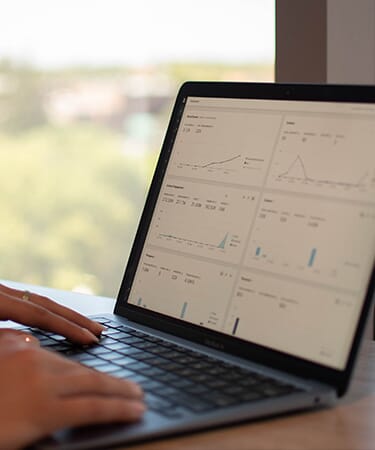Marketing attribution modelling allows credit to be allocated to the marketing channels and touchpoints that made a lead convert. With ROI Optimiser, you can gather all the data sets that have up until now been dependent on third-party cookies.
With new platforms, channels and features emerging so rapidly, it can be difficult for a business investing in their digital marketing to know where, and how, to get the most value out of their money.
Digital attribution has always been a method for marketers to better understand the customer journey, leveraging data to inform which channels and campaigns should be assigned value.
Traditionally, this relied on third-party cookies to measure and understand the effects of digital campaigns. However, with increasing privacy regulations, ongoing tracking restrictions, and changes to browsers across devices, the ability to implement a successful digital attribution model is now more challenging.
So, how does cookie deprecation impact multi-touch digital attribution and how can digital marketers best manage the customer journey in a world post-cookies?
In this article we will explore:
What does this mean for attribution modelling?
A summary of the most common attribution models, how they work, and whether they will be affected by the changes to third-party cookies are shown below:
The above table shows that the only traditional attribution model that won’t be affected by the end of third-party cookies will be pure last click. All other models will be affected because they all try to stitch the conversion to past activity, through third-party cookies.
Monitoring your digital touchpoints is essential for measuring marketing success. Attribution reveals the true impact of each touchpoint, allowing you to allocate the budget across channels with the highest return on investment. Learn more with our Simple Guide to Attribution.










.jpg?cw=376&ch=240&crop.type=poi)
.jpg?cw=376&ch=240&crop.type=poi)
